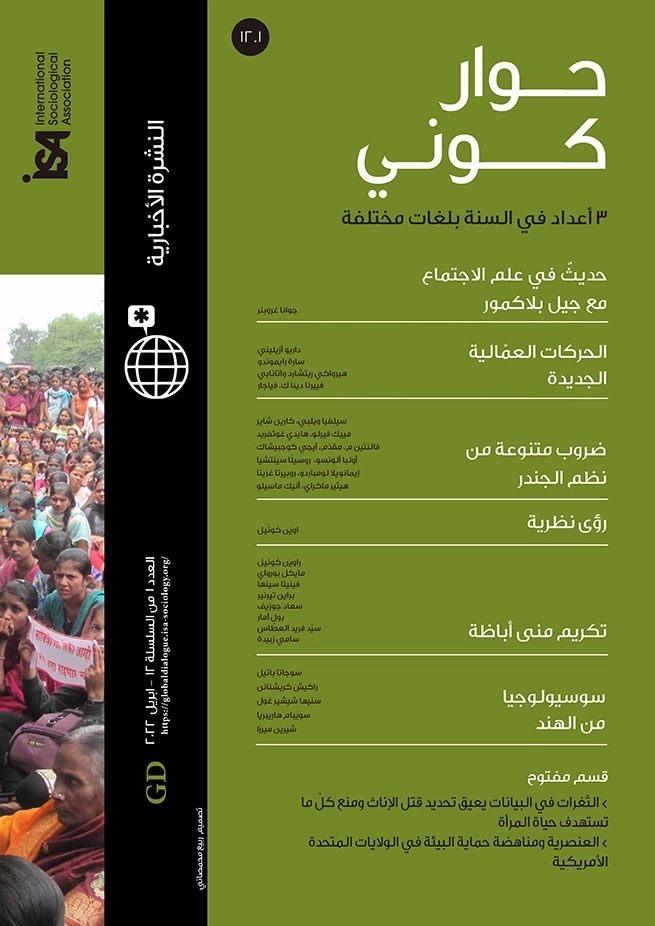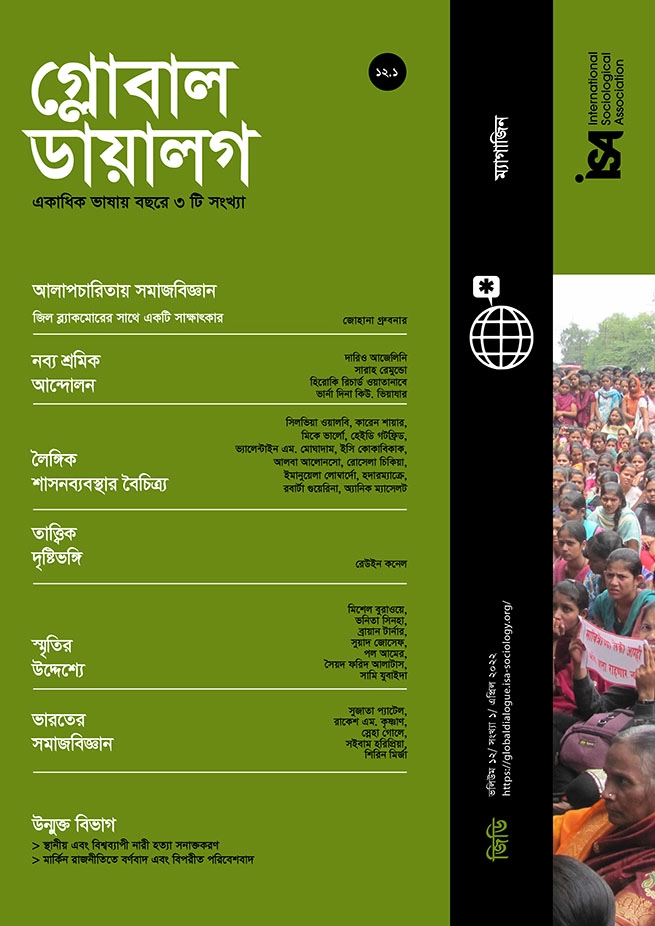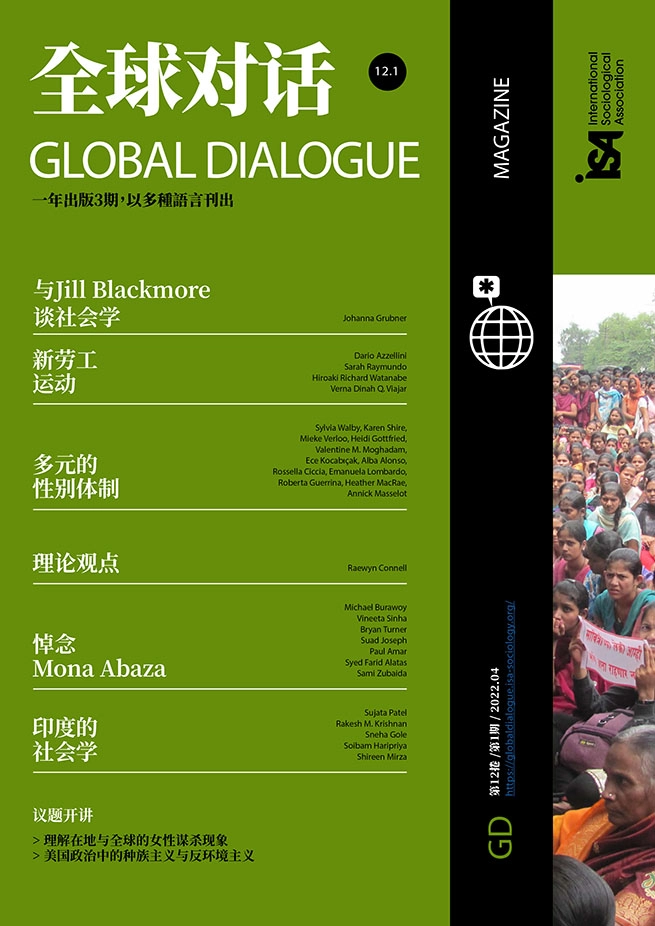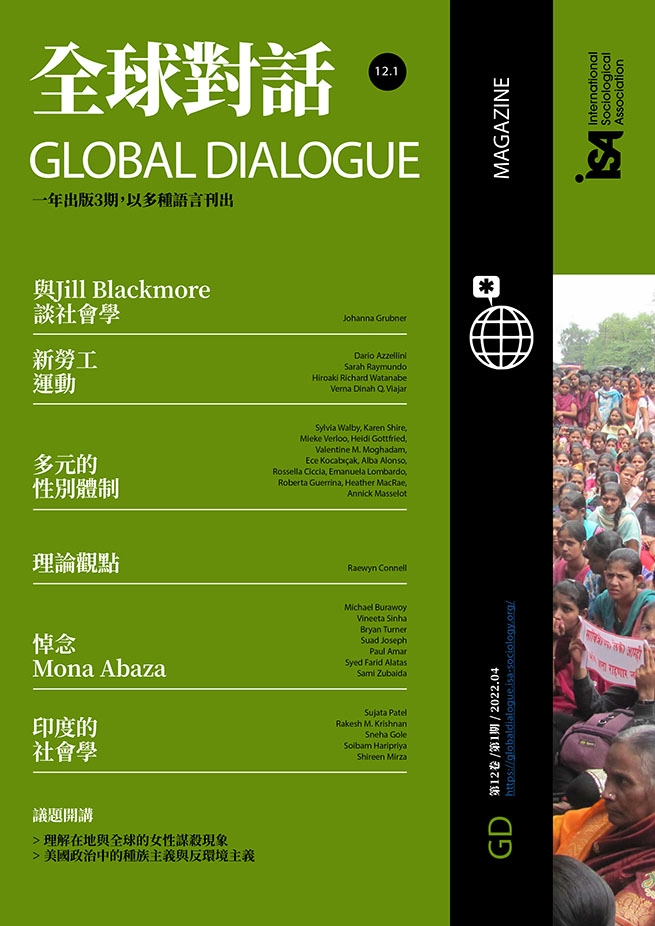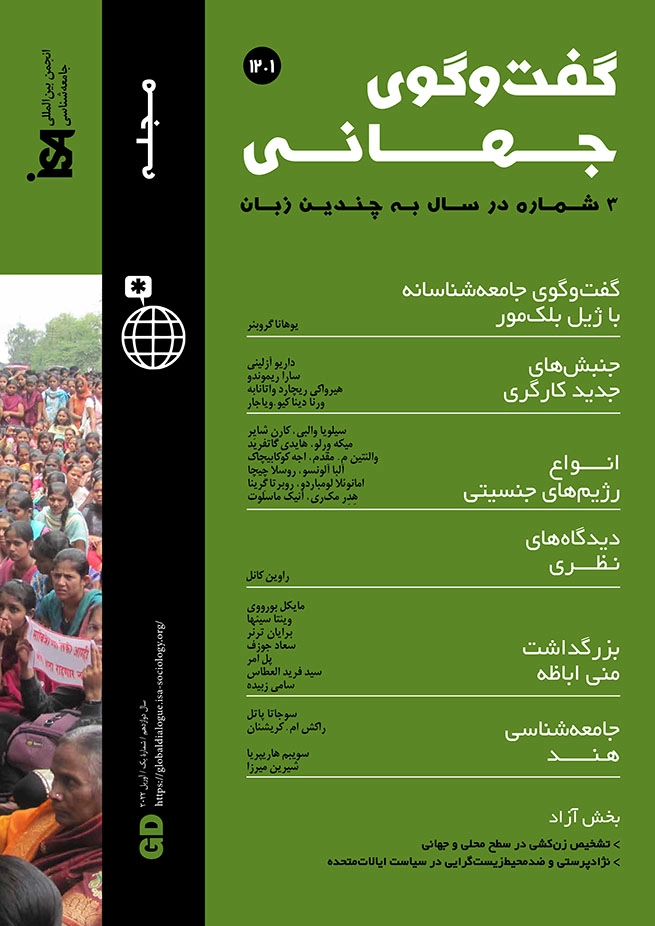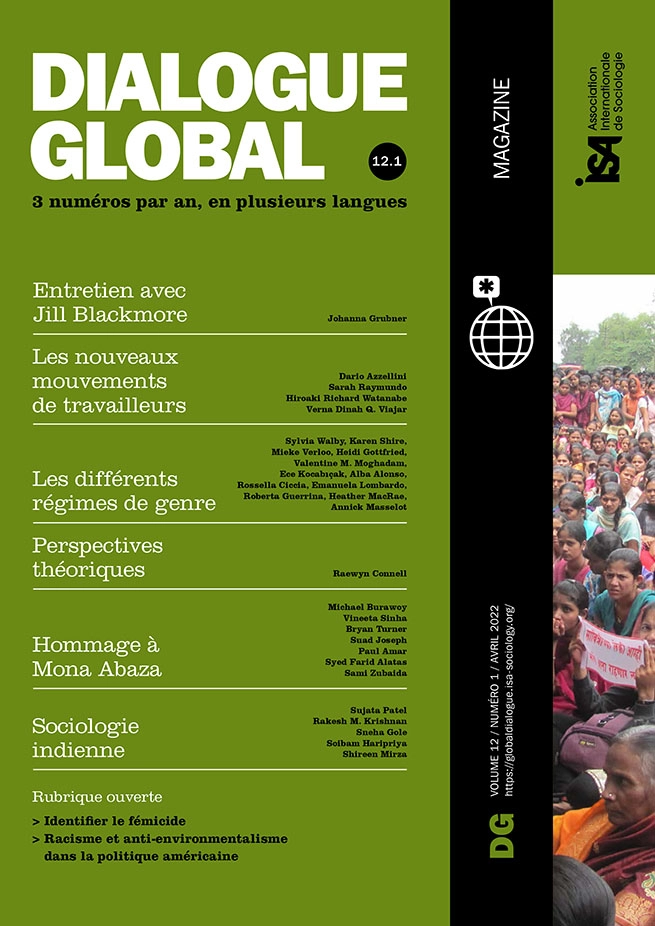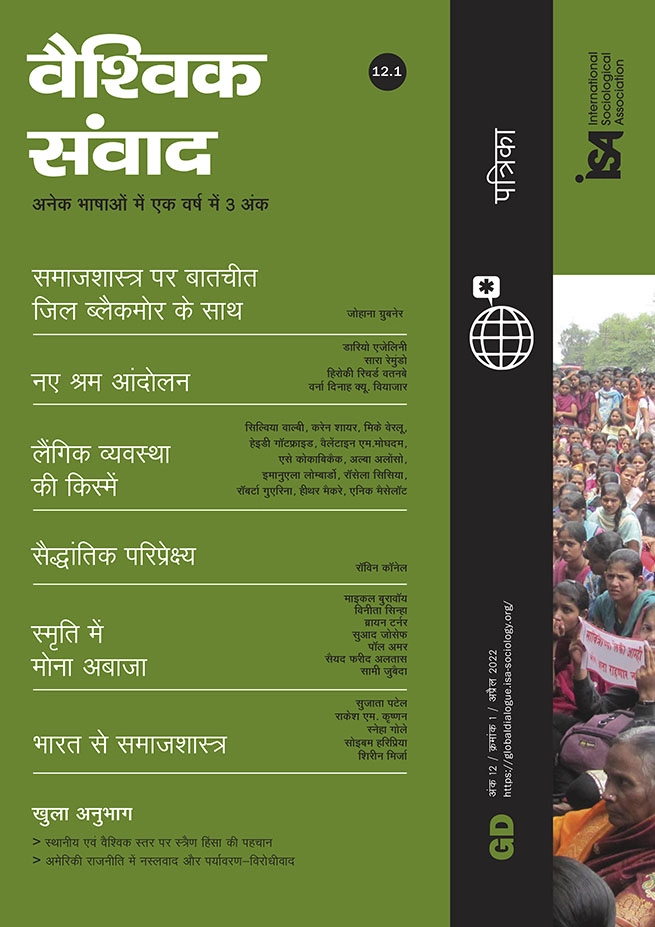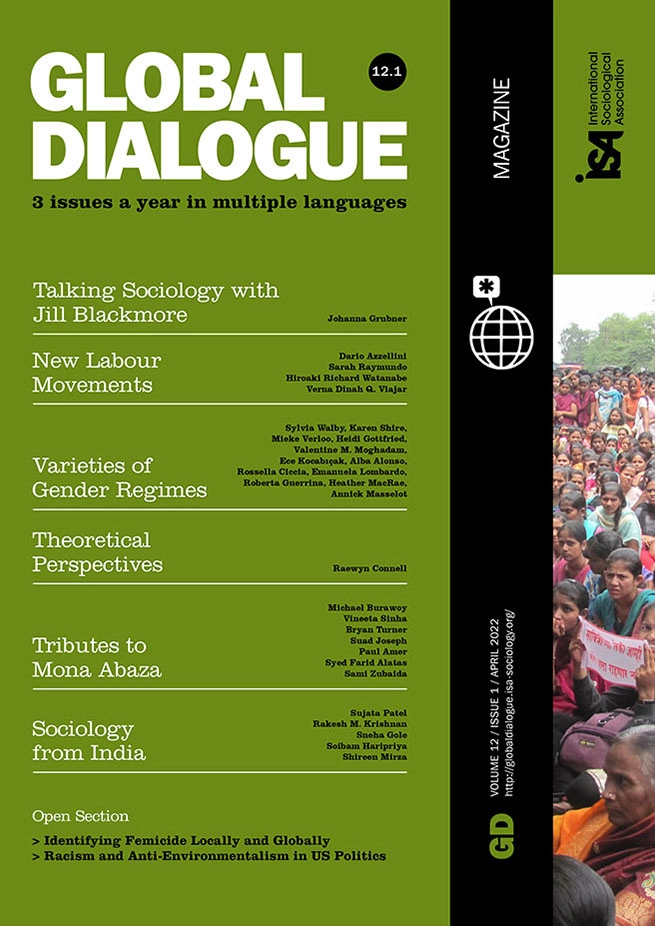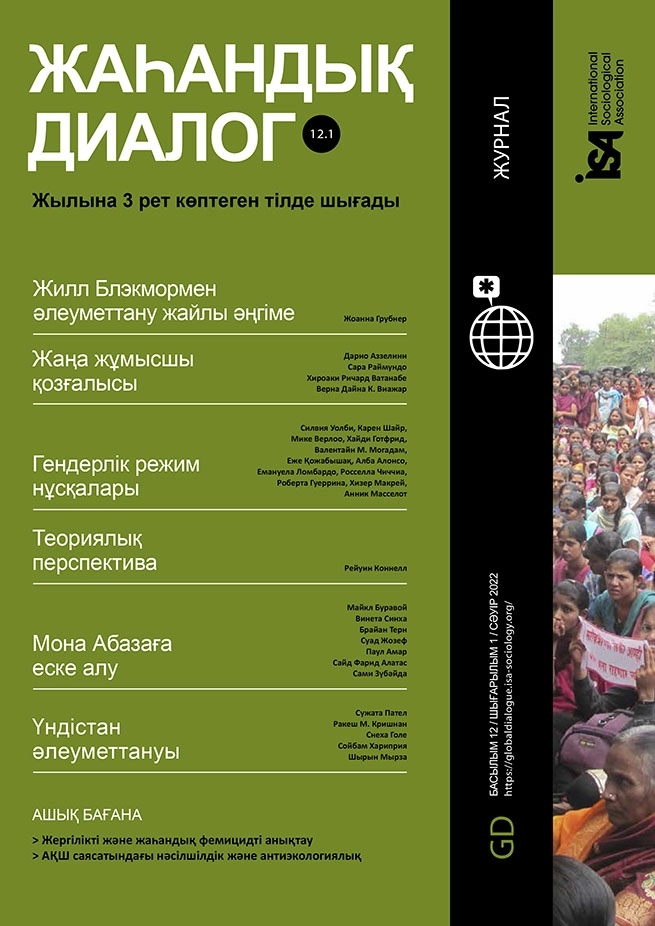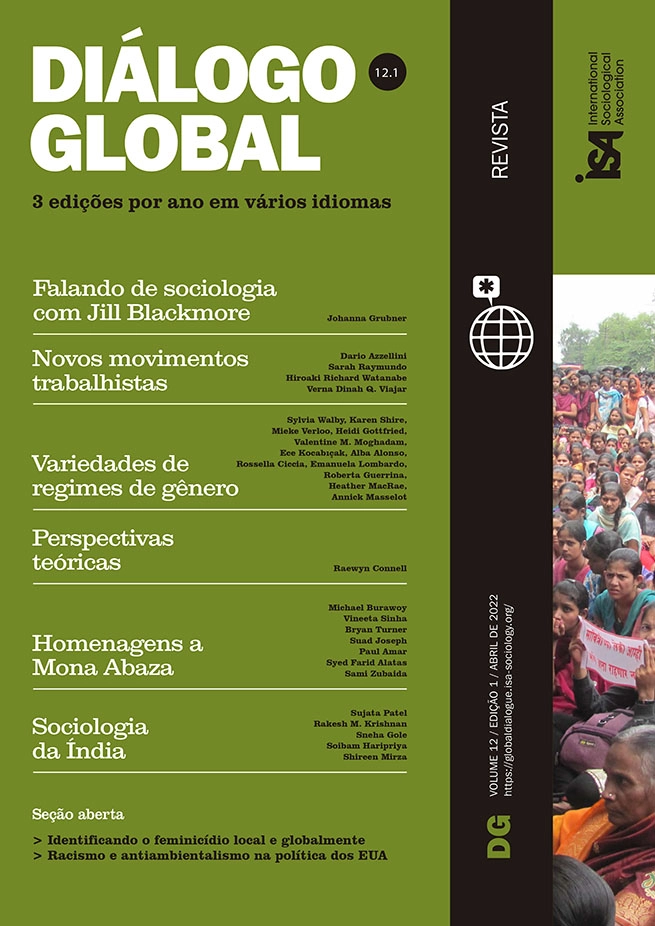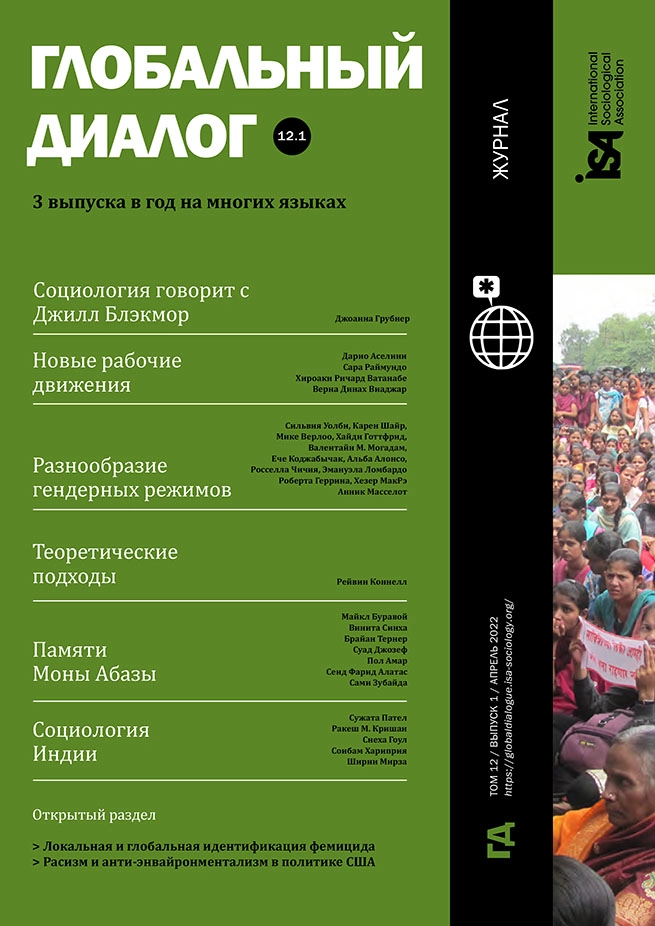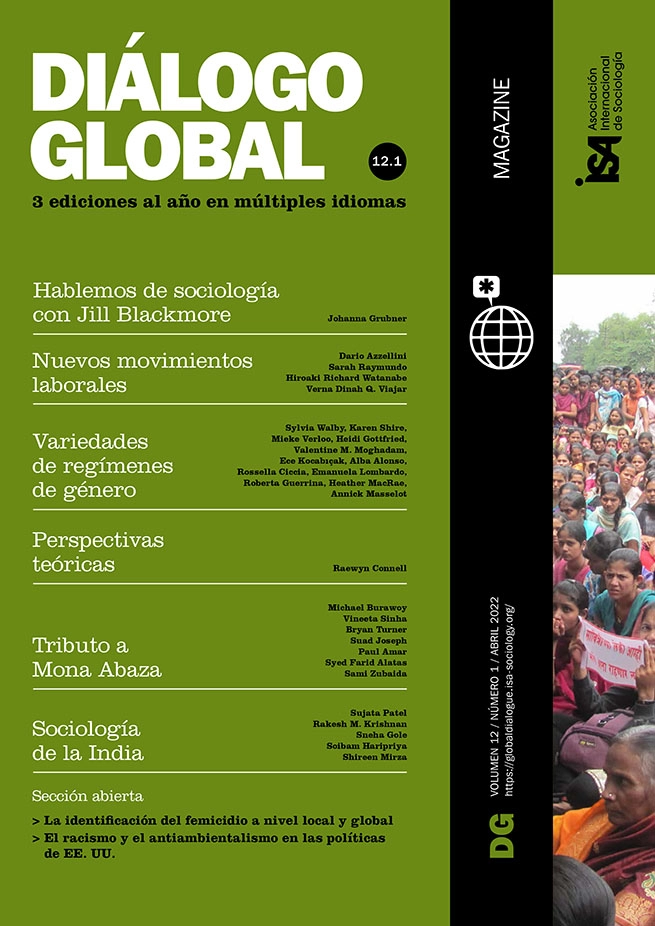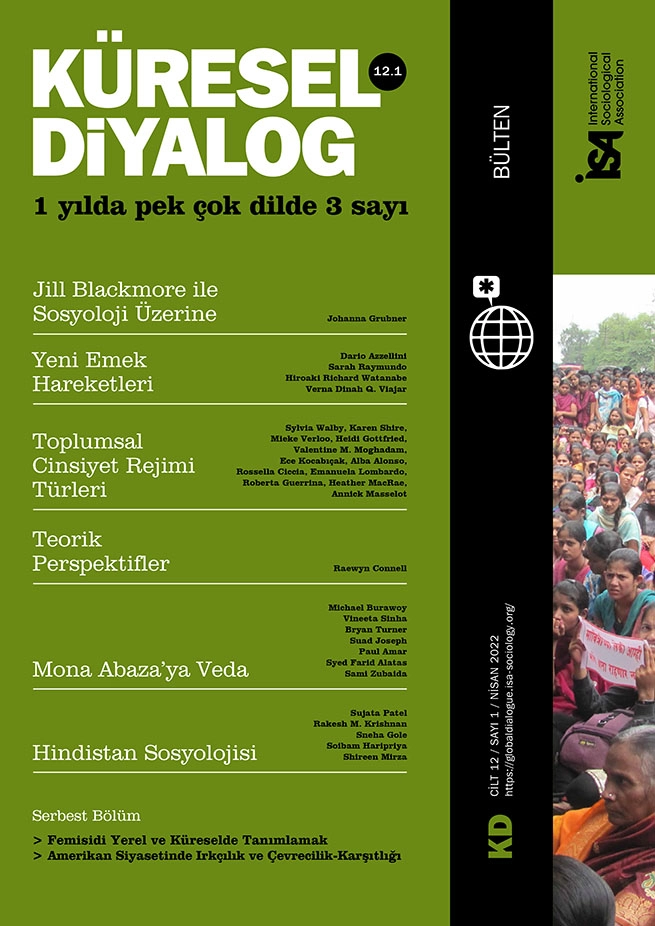Deconstructing Tribal Geographies in Central India
February 25, 2022
In this essay, I argue that historical sociology is vital to strengthening the sociological understanding of tribal communities. Presently, the anthropological literature on tribal communities informing sociological analysis lacks both contextualization and a historical dimension. Hence, a comparative historical recontextualization of categories of analysis can clarify the messy entanglements of the tribal world. I argue that the “frontier” as a category can capture these messy entanglements, the limits of state power and people’s aspirations. Here frontier means both the edge of settlements beyond which the unknown exists and what is unknown about a particular subject or their activities. Frontier as a concept critically evaluates the interface between different cultures of social order and social engineering.
Colonial geographies
The notions of difference and hierarchy dictated colonial policies regarding tribal communities - social groups living in hilly central India, a region of rivers, dense forests, and rich mineral resources. Colonial expansion standardized the term “tribe”; colonial rulers borrowed it from the African usage. They classified these groups as “primitive,” “wild,” and “barbaric,” given their animist religious practices, and distinguished them from settled Hindu caste peasant communities. Difficulty in governing these “wild tracts,” sites of revolts and rebellions from the early nineteenth century, led the colonial authorities to pass the Scheduled Districts Act of 1874. The colonial law created distinct geographies, wherein the colonial state placed and controlled the tribal communities as outside the civilized society. Within these administrative/geographic enclaves, colonial administrators and missionaries embarked on a “civilizing mission” to mainstream the tribal communities. The subordinated position of tribal communities in the colonial scheme of governance ruptured the precolonial understanding of tribal communities as people and places outside the direct control of the state.
The colonial laws encroached on tribal communities’ natural resources and land, producing tension in tribal areas. Tribal communities were the first social group to resist British colonialism, since predatory capitalism, land encroachment, sedentarization, and taxation systems disturbed their way of life. Colonial administrative scholars and anthropologists, through ethnographic surveys, documentation, and reports, aided the project of instituting differences and hierarchies. Post-independence state policies and anthropological studies continued to refer to them as people(s) embedded within wildness, needing to be confined to territories outside civilized cultures.
Tribal communities and the nation-building project
In the late colonial and early post-independence years, anthropologists debated the location of tribal communities within the nation-building project. Approaches ranged from the idea of a world of “noble savages” to assimilation with Hindu society. Though these perspectives charted different strategies, they continued rather than displaced the colonial understandings of difference and hierarchy in conceptualizing tribal communities. With the aid of anthropologists who studied tribes, the state uncritically accepted colonial categories, seeing tribal communities as preliterate groups in constant need of aid from the nation-state. Even nationalist social sciences, including anthropology, did not consider the historical changes in the forces of production and people’s aspirations within these geographies. Nor did they interrogate the historicity and relevance of colonial differences and hierarchies in a postcolonial society. Hence, the tribal communities continued to be perceived as subordinate social groups, on the first stage of the evolutionary cycle, static, and resistant to change. Two strategies dictated subsequent policies – protection and distinction from Hindu peasant communities, and simultaneous capitalist development of tribal areas. The state and social sciences pursued the “development” of the tribal communities on a territorial basis in the form of tribal sub-plan areas and an integrated tribal development agency. Educational, medical, and other infrastructural initiatives delivered “modernity” even as the tribal communities in the earmarked geographies enjoyed legal privileges and protection of socio-cultural rights.
Development initiated by the nationalist government did not reverse the encroachment by capital and non-tribals into tribal areas. Moreover, the creation of national parks alienated tribal communities from the nation-state. Increasing natural resource extraction projects like mining and dams punctured the tribal landscape, triggering tribal autonomy movements. From the 1970s, communist revolutionaries and disenchanted tribal communities began to highlight assertively the process of accumulation by dispossession.
Not every tribal area became a scheduled area, and not all tribal peoples remained isolated. Some hill communities did not receive any protection, and their lands became spaces for urbanization and tourism. Other hill and forest communities lost their land to plantations and timber cultivation. Tribal communities outside administrative enclaves became wage laborers, and those within the enclaves remained isolated and outside the circuit of capital. This chaotic landscape accentuated by colonial and postcolonial capital has been inadequately appraised by anthropologists/sociologists in India.
The “frontier”: displacing governmental categories
The sociology of tribal communities draws heavily from the colonial framework and uncritically accepts the state framing of inclusive exclusion, a process of simultaneously excluding them from the general population through specific geographies of administration and integrating them through educational and other assimilative strategies, perpetuating differences and hierarchies. It is largely confined to evaluating government policies and programs focused on problem-solving empirical tasks. In this midst, nationalist sociologists lack the historical and comparative sensibilities to comprehend the issues concerning tribal communities, which is part of the legacy of the hegemonic sociological imagination in India. The subordination of tribal peoples in the colonial and nationalist framing occludes significant processes like the collapse of tribal cultural geography to an administrative space and the distinct trajectories of tribal interface inside and outside these administrative enclaves. This lack of engagement with epistemic categories requires a heuristic device to re-insert the historical and geographical dimensions within a comparative perspective in order to displace the power embedded in the framing of the concept of tribe. Thus, the frontier as a concept allows for questioning anthropology’s limits by contextualizing the category of tribe within the geographies constituted by colonial and postcolonial states. As a category, the frontier can capture the mobility and flux in the tribal lifeworld and the messy dialectic between the state and its people. Additionally, as a divider between the known and unknown, it reminds nationalist sociology to engage with differences and hierarchies instituted by colonialism and the postcolonial nation-state. Hence, I argue, the frontier concept unravels the ideologies underlying geographies that shape the subjectivity ingrained in “subordinate” social groups, thereby helping us rethink social sciences.
Rakesh M. Krishnan, University of Hyderabad, India, <rakeshmkrishnan@gmail.com>

